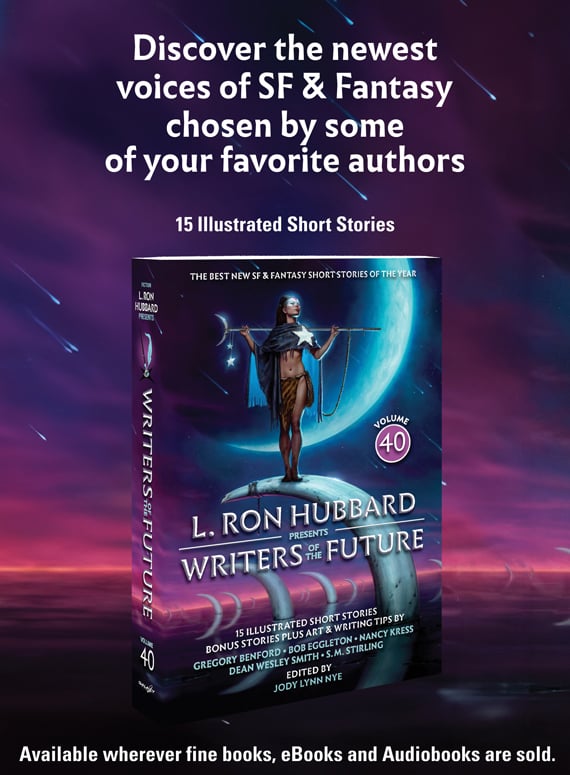 “How do you write?” is a question every writer is asked. The enquiry is entirely practical: “I mean, do you use a computer? A pen and paper?” I used to reply with a puff of pride: “I write with a pencil, sometimes a pen, but always longhand, on paper.”
“How do you write?” is a question every writer is asked. The enquiry is entirely practical: “I mean, do you use a computer? A pen and paper?” I used to reply with a puff of pride: “I write with a pencil, sometimes a pen, but always longhand, on paper.”
For a long time, that was the way it went. The first draft of a work – what some call the puke draft, and what I prefer to call the donné draft, the gift – was laid down on paper, then input into a computer file. After that, my writing process became an unruly mash-up of scrawling over printouts and endless tweaking of onscreen text, hacking away at what my first agent referred to as “flab.”
But I am increasingly frustrated with the two-dimensionality of words, whether written on paper or onscreen. Let’s be honest: at heart, word-processing programs are little more than pixelated scribblers. They offer a few bells and whistles – search functions, the ability to track changes – but digital applications like Word are scant improvement over the way Shakespeare wrote, or Virginia Woolf.
New publishing formats are unlocking writers from their solitary attics: we are expected now to be collaborators in bringing our stories to readers. Five years ago, I helped develop a collection of my flash fiction as a letterpress book, working with a book artist who printed on a 19th-century press. At the same time, I worked with my sons, a visual artist and a musician, to create a digital version with audio excerpts. The experience upended my writerly assumptions and sent me trolling through the past and future of reading, writing, and publishing, an exploration that led to my new non-fiction work, Gutenberg’s Fingerprint: Paper, Pixels, and the Lasting Impression of Books.
As a reader, I’ve been seduced by digital manufacturers into thinking my e-ink screen is every bit as good as paper. Tablets continue to mimic the codices developed in the first century: they’ve built rustling sounds and visual page-turning into a display technology that, in fact, has more in common with ancient scrolls than paper books. But imagine if inventors threw off all pretense and offered their work to us in its unvarnished state, as an endless stream of text unencumbered by the artificial breaks of page-turns and chapter openings.
For more than a decade, literary pundits have bemoaned the shortening of reader attention spans. Digital media have made us jumpy, they say, no longer able to concentrate on doorstoppers like War and Peace. But take an exercise band and stretch it out. Assume that represents a long attention span. Now bring the two ends close and see how the band remains intact and elastic, but loops in an entirely different direction. This is what digital offers, and this is what I want.
I’m already reading books like that, and I want to write them, too. Not choose-your-own-adventure interactive novels where the reader determines the outcome of the plot. Not paper books packed with postcards and notes and drawings. Not enhanced novels that augment digital text with cursorily relevant links. Not Twitter fiction or Wattpad serials or Instagram stories. All of these are intermediary to a truly new literary genre.
In the late 1950s, J.G. Ballard conceived of a novel that would be posted in fragments on advertising billboards. In the 1990s, I collaborated with a sculpture by Ian Carr-Harris as part of an art gallery exhibit. Technology is now blasting open such limited, static thrusts toward new literary forms. Take The Silent History, by Eli Horowitz, one of the first novels written for an iOS app in which “testimonials” and “field reports” are GPS-linked to action that flows across continents. The book is now available in paper from Farrar, Straus & Giroux, but it is still best experienced on an iPhone or iPad.
Canadian novelist Kate Pullinger has been experimenting with interactive, multimodal fiction for many years. In 2008, she collaborated with digital artist Chris Joseph to develop the first instalment of Inanimate Alice, which uses text, sound, and imagery to produce an astonishing and astonishingly rich world. (The sixth volume has just been released.)
Note that I say “experienced,” not “read.” These stories aren’t built solely of words. They are collaborations, like opera or theatre: multimedia creations that change the way a person looks at the world – my personal benchmark for art.
Digital technology is not destroying literature; it is facilitating fantastic new artistic visions. I will never give up writing bound books or reading novels on my iPad. But the attic hatch has been thrown open. The rabbit has plunged down the rabbit hole, burrowing deep into my creative psyche. For me, there is no going back.
Merilyn Simonds is the founding artistic director of Kingston WritersFest. Gutenberg’s Fingerprint is published by ECW Press.
 Contact us via email
Contact us via email


